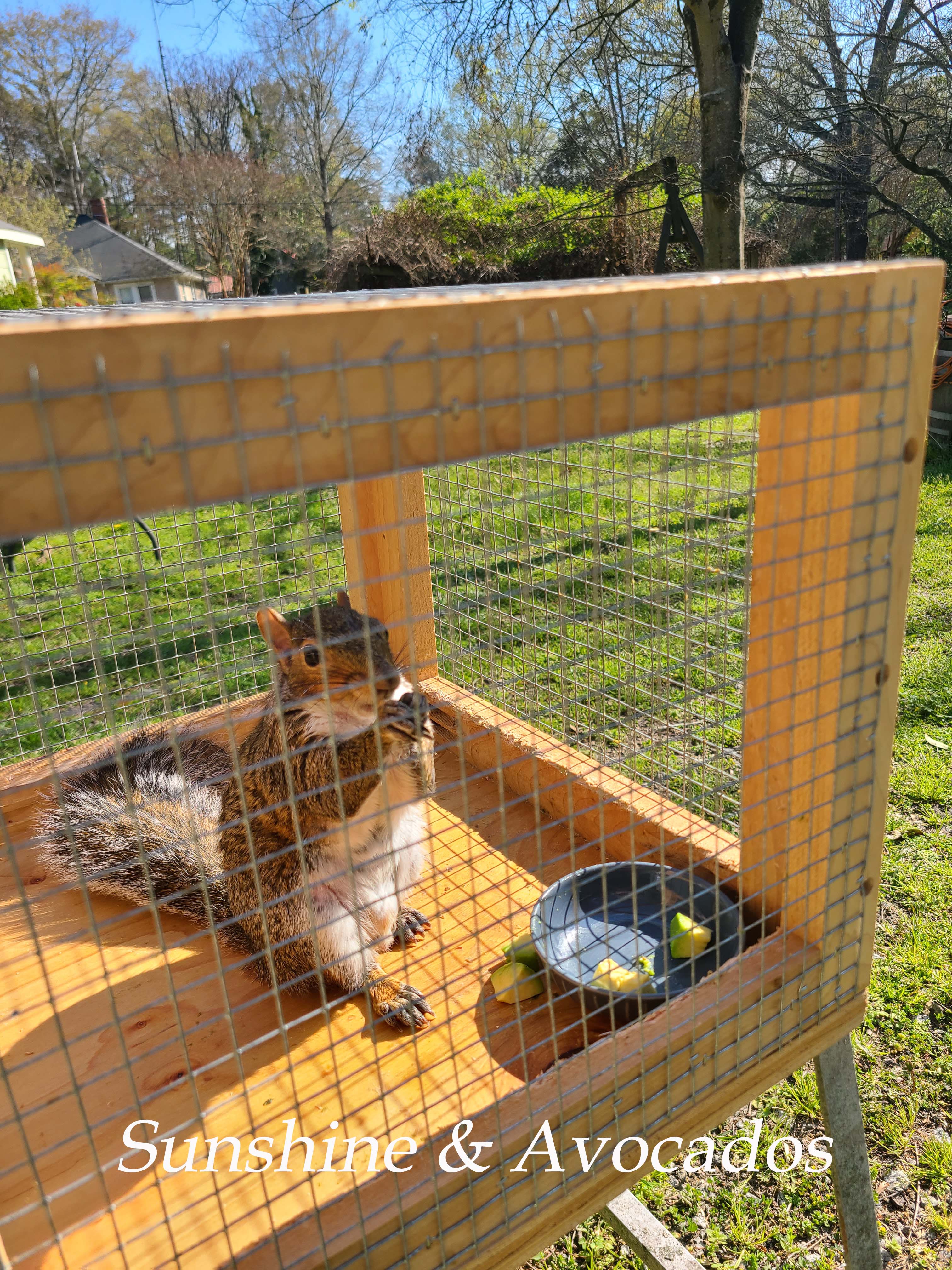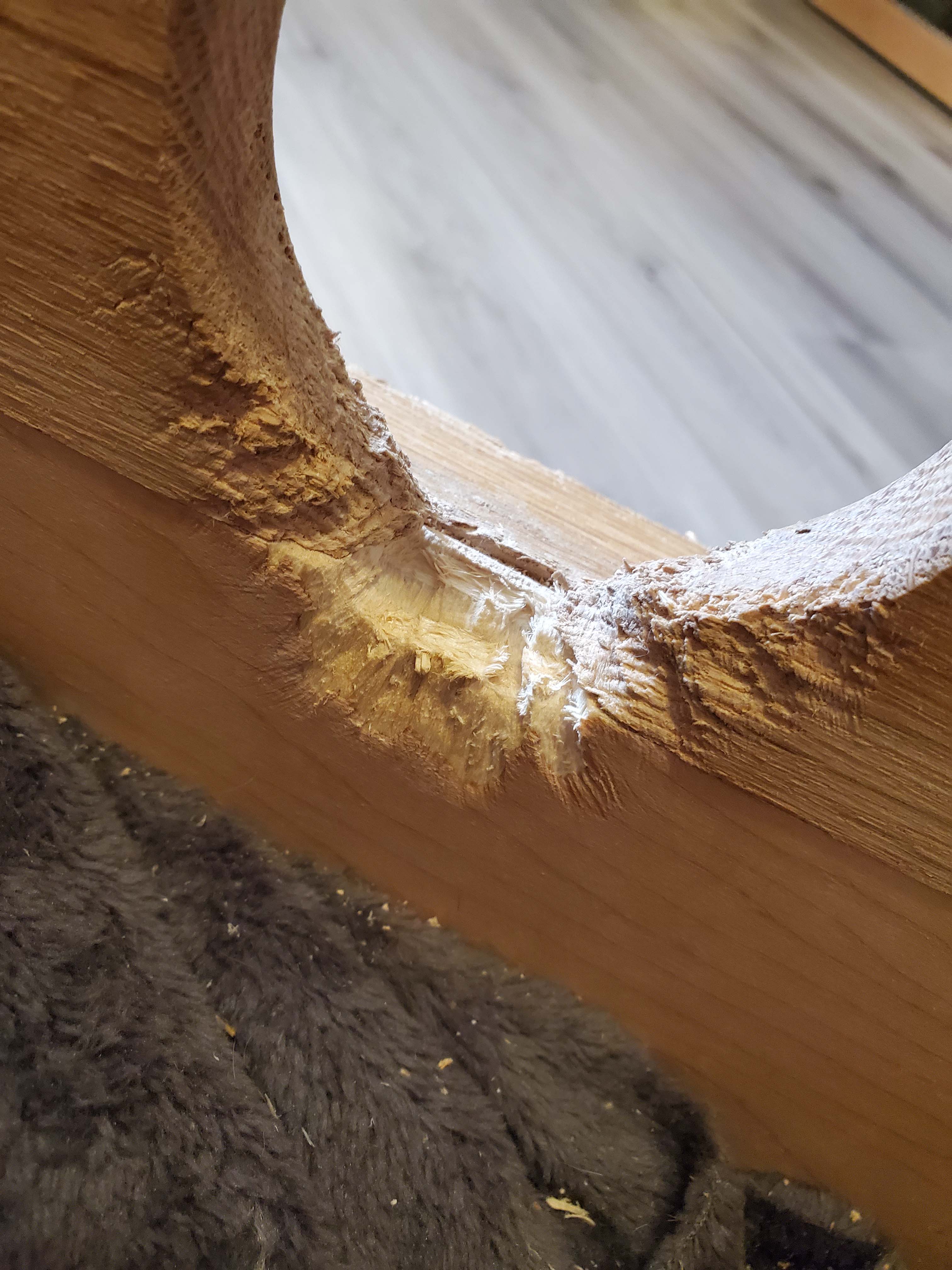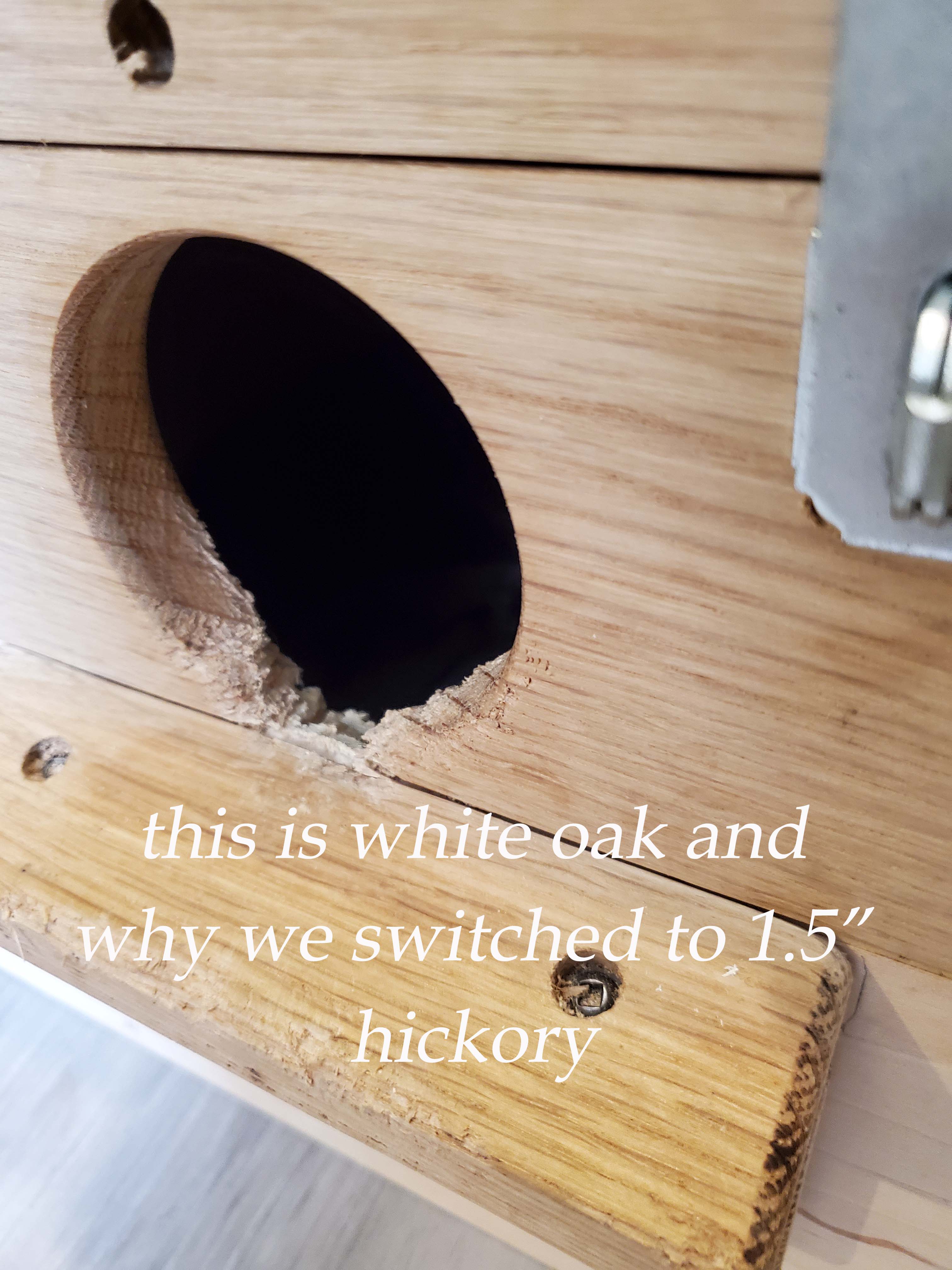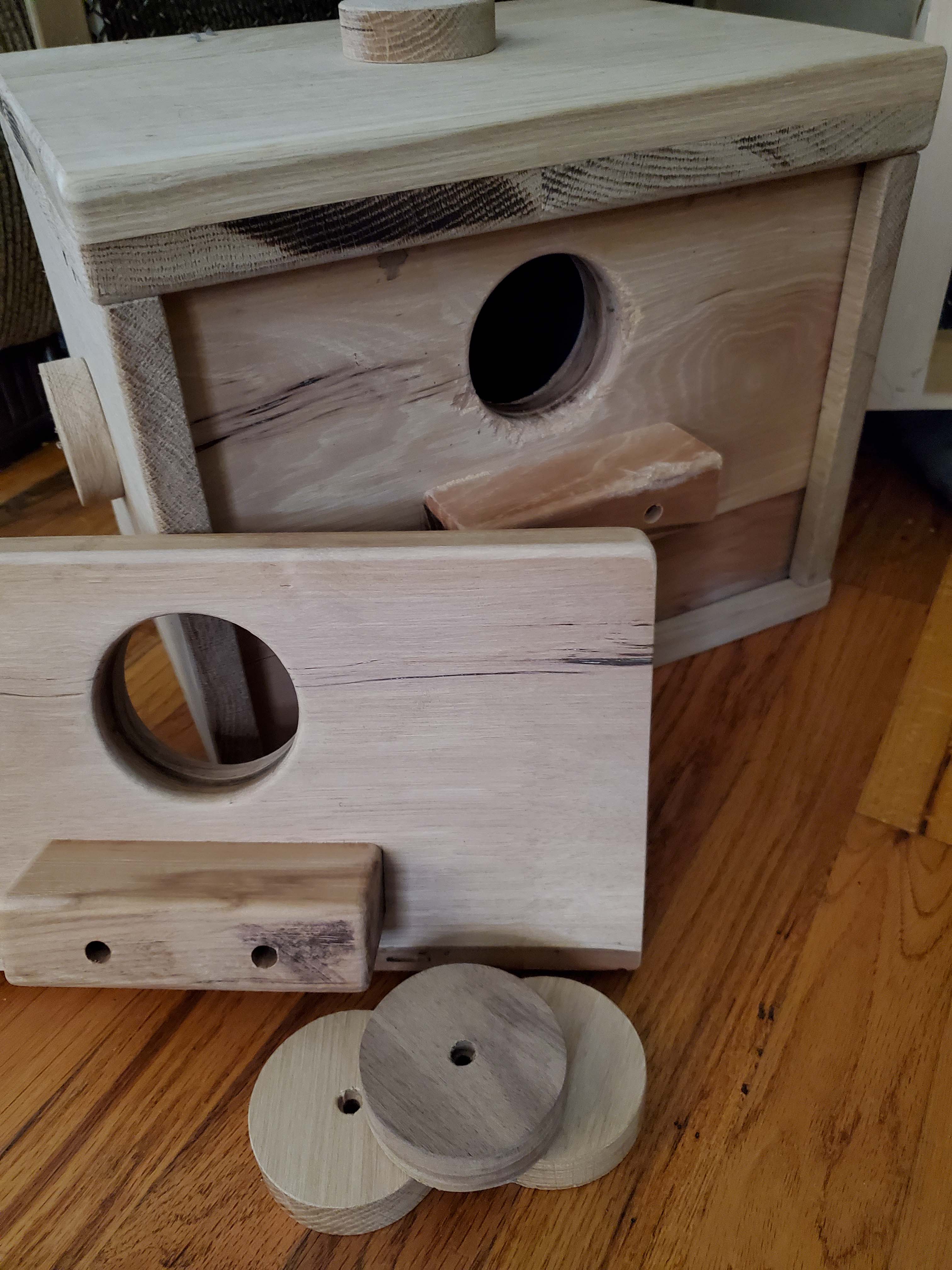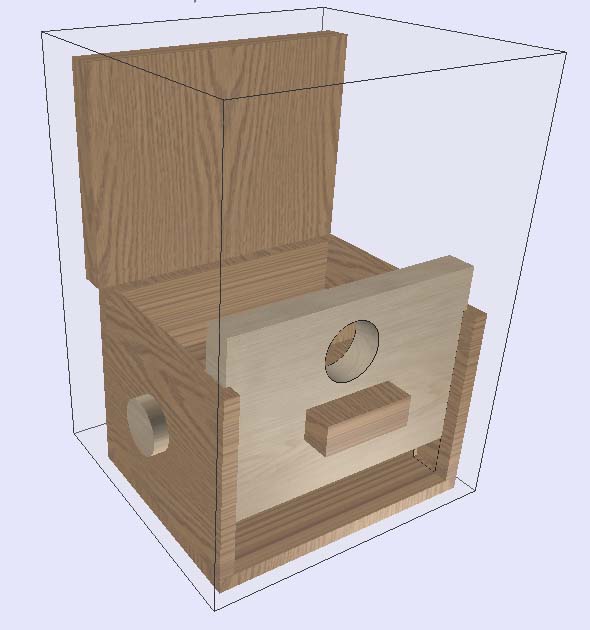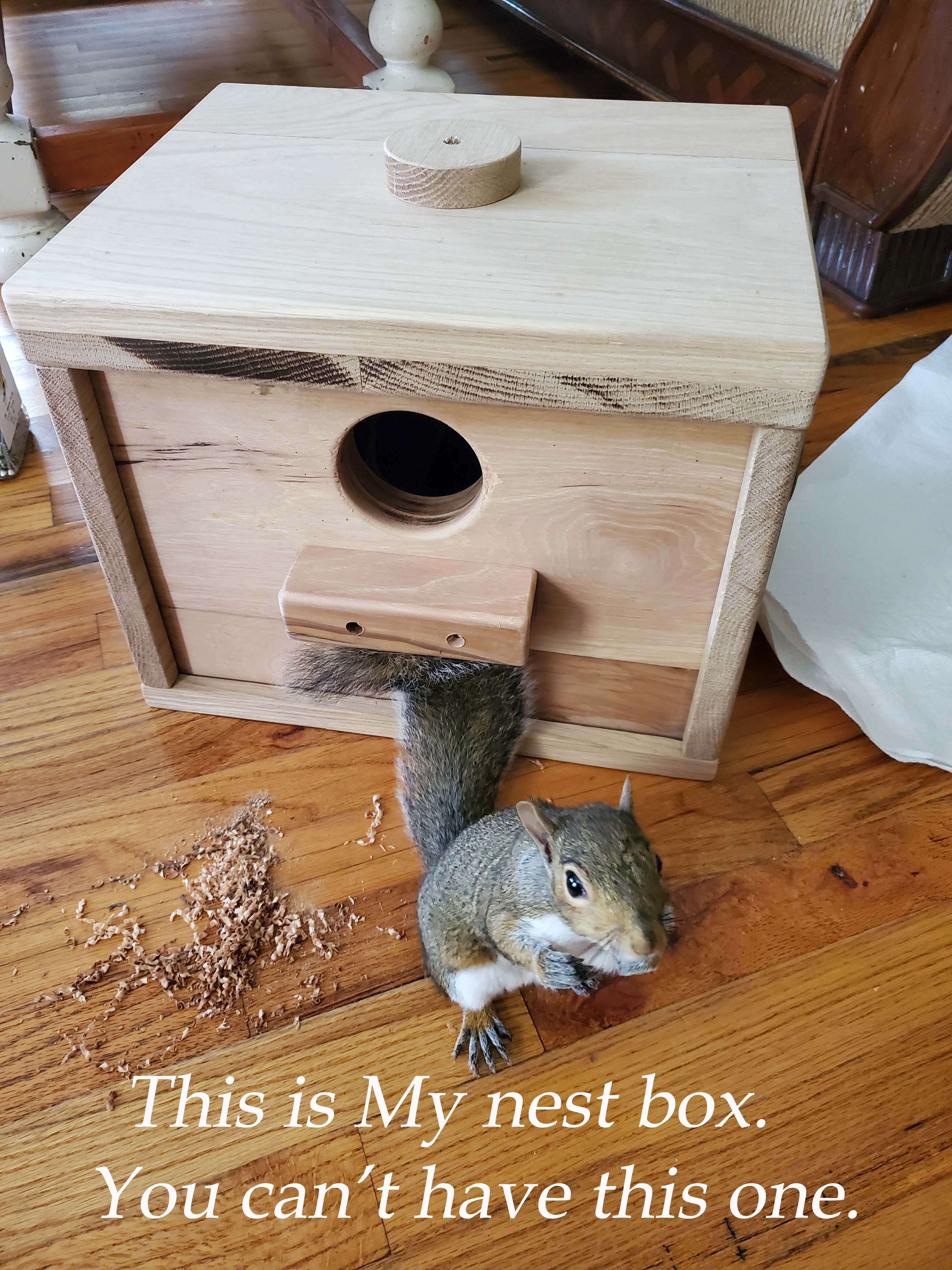Intro
On occasion we take in and foster orphaned uninjured baby squirrels that are found in Camden, Lugoff or Elgin SC. There are many baby squirrels in need of this loving care but sadly we can’t take care of them all and it just wouldn’t be fair to the little guys because they are in desperate need of constant one on one care. It is essentially like taking care of a child. If we can’t take your squirrel, we do have contacts listed below in the "Additional Resources" section, of other local rehabilitators that may be able to. Also, if you’re up for the challenge and have the free time you can use this guide to foster and eventually release your squirrel on your own. Due to spammers Please text us at 803-900-1664 for help questions but for immediate care we recommend calling pine tree hill wildlife or cornerstone veterinarian hospital using their contacts below. .
Initial Steps
If you've found a baby squirrel, here's what you should do:
- Do NOT feed the baby squirrel or give it water.
- Contact a local wildlife rehabilitator for assistance.
- Replace the baby squirrel snuggled in a clean FLEECE towel, clothing or blanket back exactly where you found it. Wait for the mother to retrieve it. Sometimes she will, sometimes not, especially if humans or animals are around. We sometimes use a cell phone with baby squirrels crying sound on repeat placed beside the blanket and Observe from a distance for a few hrs to see if she will retrieve the baby.
- If the mother doesn’t retrieve the baby after a few hrs collect the baby snuggled in the fleece into a plastic container, small dog carrier etc. with plenty of ventilation and bring it inside keeping it warm and using a quiet place until your wildlife rehabilitator can pick it up.
- Keep the container warm by using a heating pad on LOW setting placed halfway UNDER the container so the baby can crawl/squirm away from the heat into a cooler spot if it wants to. Keep away from pets and children..
Temporary Care
If you're unable to contact a rehabilitator immediately, you can provide temporary care by following these steps:
- Keep the squirrel warm and quiet.
- Do not attempt to feed the squirrel unless instructed by a professional.
- Place the squirrel in a safe, enclosed space away from predators and other animals.
- Monitor the squirrel's condition closely and seek professional help as soon as possible.
Providing temporary care to a squirrel requires patience and attention. It's essential to keep the squirrel warm, quiet, and safe until professional help can be obtained. By following these steps, you can help increase the chances of the squirrel's survival and eventual rehabilitation.
Remember to handle the squirrel gently and avoid unnecessary stress. It's also crucial to keep the squirrel away from pets and children to prevent any accidents or injuries. If you're unsure about any aspect of caring for the squirrel, don't hesitate to seek advice from a wildlife rehabilitator or veterinarian.
Monitoring the squirrel's condition closely is essential during the temporary care period. Any changes in behavior or health should be noted and reported to the professional providing assistance. With proper care and attention, you can help give the squirrel the best chance of recovery and eventual release back into the wild.
Feeding Guidelines
If you need to provide temporary care for a squirrel, here are some feeding instructions:
- In the first 24 hrs use an appropriate feeding syringe to offer bottled water or electrolyte replacement fluid. Use the "Baby Squirrel Care Guide PDF" below for exact measurements and rehydration techniques.
- After the 24hr rehydration period, you can offer a specialized squirrel formula. Use the "Proper Squirrel Food & Treats link" below, to purchase the appropriate formulas and feeding tools. We recommend "POWDERED Esbilac puppy milk replacer" for newborns to 6weeks. You can purchase that immediately from your local tractor supply or Pet co. It is very gentle on their digestive system more so than others so your baby can get that poop out. No one likes to be constipated!
- Feed the squirrel using the syringe or dropper every 2-3 hours, depending on its age, weight and condition. These specific instructions, feeding times and determinations are layed out in detail in the "Baby Squirrel Care Guide PDF" below
- As the squirrel grows and becomes more independent, you can introduce solid foods from "Proper Squirrel Food & Treats link" listed below such as picky blocks, hazelnut blocks and walnut blocks and from your local grocery, certain vegetables. We have had great success with Henry's blocks and Fresh avocados from the grocery. Treats are only fed after they have eaten all of their blocks and fresh vegtables. We usually treat in the evening using Henrys hazelnut or walnut sticks. Break off a little chunk and put them to bed and they are happy. Never feed nuts as treats or as a supplement for food. You can give them one pecan half or hazelnut half ON OCASSION but only after all healthy food has been eaten and you have been sunbathing them outside for 15min regularly. You will need to build them a sun cage just for this purpose.
- Always ensure that the food and water containers are clean, and monitor the squirrel's eating habits and health closely.
- Consult with a wildlife rehabilitator or veterinarian for specific feeding instructions and advice.
Nest Box
- Build a nest box inside the enclosure or habitat area, providing easy access for the squirrel and ensuring it is secure and stable.
- Use UNFINISHED white oak or hickory. NEVER USE TREATED WOOD. Design the box with dimensions that provide enough space for the squirrel to move around comfortably. The squirrel will chew on it and thats good you want him to keep his teeth down or you will have to trim its teeth or pay to have the vet do it every 2 weeks! Unfinished white oak and especially hickory will outlast any other wood. We haven’t had to trim teeth ever since we started building our own nest boxes. We use a combination of unfinished white oak and use hickory at the opening.
- Include a wide entrance that allows the squirrel to enter and exit the nest box freely. Avoid sharp edges or protrusions that could injure the squirrel.
- Line the bottom of the nest box with cut fleece blanket squares. Provide enough bedding for insulation and comfort.
- Add natural elements in the habitat enclosure like CLEANED branches, leaves, or twigs to mimic the squirrel's natural habitat and encourage exploration and foraging behaviors.
- Clean the habitat enclosure and nest box every day or other day. Squirrels are messy eaters, but they are great at using the bathroom. We have a few layers of paper towels beside the nest box and that’s where they end up going own their own. They will defecate wherever "usually not in their nest box" but it’s not stinky and cleans up easy as its dry and hard little oblong pebbles.
- Monitor the squirrel's behavior and make adjustments to the nest box layout or bedding material based on its preferences and needs.
Release Process
Before releasing a rehabilitated squirrel back into the wild, it's important to follow these steps:
- Choose an appropriate release site that offers suitable habitat, away from roads and human activity.
- Ensure the squirrel has fully recovered from its injuries or illness and can fend for itself in the wild.
- You will need to acclimate your squirrel in a release cage, in the area you plan to release it. This will take several months but it will enable the squirrel to be fully protected whilst it adapts to being outside and eventually released. After a few months you can open the release cage leaving the same nest box it was raised with inside. Your squirrel will come back for the night to sleep but will eventually build its own nest up in the trees and may not return to the cage, but it will be free and happy. It may even visit you for treats or comfort and that is when you can give whole pecans or hazelnuts or whatever its favorite treat is because it will have full sunshine to help metabolize those and not be robbed of calcium. Nuts rob the body of calcium but a squirrel out in the wild gets plenty of sunshine vitamin D so no worries as that will help it absorb calcium. This is why it is very important not to feed your squirrel nuts while you’re rehabilitating it.
- Avoid handling the squirrel unnecessarily to minimize stress.
- Monitor the released squirrel from a distance to ensure it successfully integrates back into its natural habitat.
- Continue to provide supplemental food and water if needed, especially during the initial period after release.
- Document the release process and any observations made to inform future rehabilitation efforts.
Additional Resources
For more information on caring for squirrels, you can check out these helpful resources:
- Baby Squirrel Care Guide PDF
- Squirrel Emergency & Fostering Forum
- Proper Squirrel Food & Treats
- Most Local Vets we know that take squirrels: Carolina Wildlife Center 803-772-3994, Cornerstone 803-749-4453
- Local squirrel rehabilitators: Pine Tree Hill Wildlife 803-427-1350
Paid Links
When you use these links to make a purchase we may get a small commission at no cost to you. Doing so will help us pay for the items that we need to take care of our squirrels. These are the items that we use and are tested as "tried and true".
- Squirrel Habitat If you can’t build your own, these are approved by experienced squirrel rehabbers. They are also stackable! You will need another when your squirrel becomes more active.
- Squirrel Habitat Deluxe!?
- Squirrel Tree They love this thing and when it gets destroyed they are cheap enough to replace. We use this in combination with Cleaned branches set up for play time.
- Squirrel Sun light When you cant get your squirrel outside for its 15 minutes of sunshine and fresh avocado slices. Only use for 15-20 minutes every day. Place on top off the habitat, making sure your squirrel can’t get to the cord, remove and store after.
- Squirrel Sun Light Bulb Rehabber Approved
- Squirrel Habitat Fleece Liner
- Fleece Blankets Cut these up into squares, wash, dry and pad your squirrels habitat and nest box.
- Plastic Container Drill holes in the top of the lid to provide your baby squirrel adequate ventilation. When it can get around good then you will switch to a habitat with a nest box inside.
- Heat Pad Use on LOW setting halfway "Under" not inside, your baby squirrels plastic container.
- Squirrel Feeder Syringe & Nipple
- Baby Squirrel Formula
- Baby Squirrel Gram Weight Scale You need this to get your babys gram weight to know how much to feed it using the "Baby Squirel Care Guide PDF" above.
- Water Bottle Out of all the bottles these hold up the best.
- Henrys Healthy Blocks "Their main food source besides fresh vegetables" We like to switch or combine block flavors so they have a more interesting breakfast. Nobody likes to eat the same thing every day!
- Henrys Picky Blocks
- Henrys Hazelnut Blocks
- Henrys Walnut Blocks
- Hazelnut Treats Only give after ALL healthy food blocks and fresh vegetables have been eaten for the day. Your squirrel will try and food strike on you but hold out and they will give up! Don’t you give up! Break off a piece about the size of a block.
- Walnut Treats
